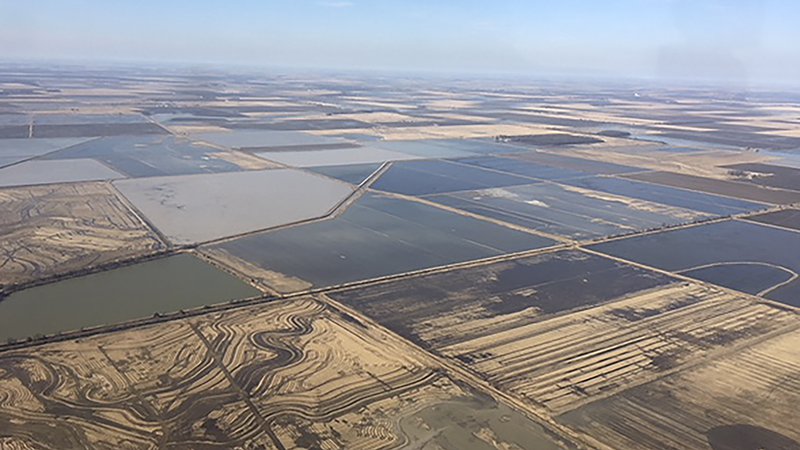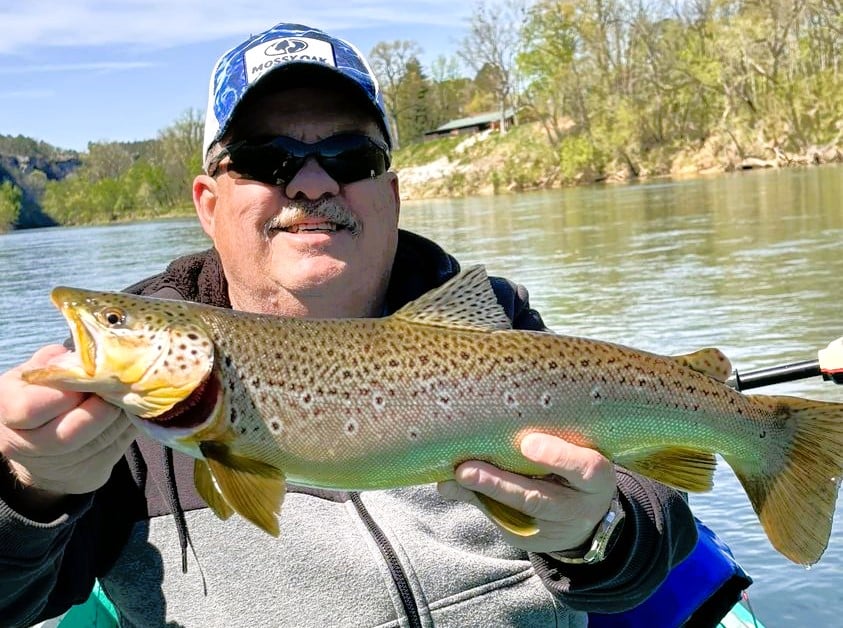WRICE Program offers waterfowl more food near public hunting areas
ON 07-10-2019

July 10, 2019
Randy Zellers
Assistant Chief of Communications
LITTLE ROCK — Waterfowl season may be months away, but the Arkansas Game and Fish Commission is busy working with private landowners to plant the seeds for food ducks, geese and other migrating birds will need during their migration. While much of the work on public land focuses on management of beneficial native food sources and planting of cover crops as a secondary option, a program offered by the AGFC is working to increase the amount of leftover crops available to ducks when they arrive in The Natural State.
The Waterfowl Rice Incentive Conservation Enhancement is a pilot program, now in its second year, developed by AGFC biologists to keep remnants of agricultural foods available for ducks as they make their way south.
According to AGFC Waterfowl Program Coordinator Luke Naylor, fall tillage is becoming increasingly popular with Arkansas rice growers.
“By tilling their fields in fall, farmers are hoping to get a head start on their next year’s field preparation,” Naylor said. “But it can have a lot of impact on the amount of food left for ducks on their land.”
Turning under the crop residue buries the rice the combine missed, the rice that provides much of the energy migrating waterfowl are looking for. Flooded rice fields are estimated to provide 11 percent of all food energy in the Lower Mississippi Valley (the “Delta”) for ducks like mallards and pintails. That number has dwindled with advances in agriculture.
“New varieties of rice mature quicker for earlier harvests,” Naylor said. “Waste left behind has rotted, been consumed by other animals or sprouted by the time most ducks arrive in Arkansas now. Modern combines also are much more efficient, which means there’s less waste grain post harvest. Add in fall tilling of fields and you’re removing a lot of duck food from the Arkansas landscape.”
The WRICE program hopes to help keep that grain on the ground by offering monetary incentives to rice-producing landowners in key areas of the state. The program is not paying for farmers to leave rice standing unharvested, but simply to leave the waste rice available above the ground and to keep the infrastructure of the field closed to trap rainwater and flood the field to increase the areas’ use by waterfowl.
“We are focused on rice fields within 10 miles of a waterfowl-focused wildlife management areas for the project,” Naylor said. “We know ducks don’t just stay locked down to one rest area. They bounce around the landscape within complexes of quality habitat.”
By keeping the waste grain in fields close to WMAs, the program not only benefits the ducks, but also does so in areas where they are more likely to be available for public land hunters.
Now that the WRICE program is in its second year, the AGFC is hoping to add more benefit to hunters by offering an additional payment to landowners who allow some limited public hunting access to their property during waterfowl season. The details of how that access will be regulated are still being discussed, but Naylor is hopeful that this element of the program is successful.
“There are programs throughout the country and in Arkansas that offer payments to landowners for public access to their property, but asking for that same access on waterfowl property in Arkansas has always been seen as too big of a challenge,” Naylor said. “We’re hoping we can work with landowners to break down that barrier and offer more opportunities for waterfowl hunters here.”
Recent News

Arkansas Wildlife Weekly Fishing Report
Apr. 18, 2024
Subscribe to Our Weekly Newsletter E-mails
Don’t miss another issue. Sign up now to receive the AGFC Wildlife Weekly Newsletter in your mailbox every Wednesday afternoon (Waterfowl Reports are published weekly during waterfowl season and periodically outside the season). Fishing Reports arrive on Thursdays. Fill in the following fields and hit submit. Thanks, and welcome!

